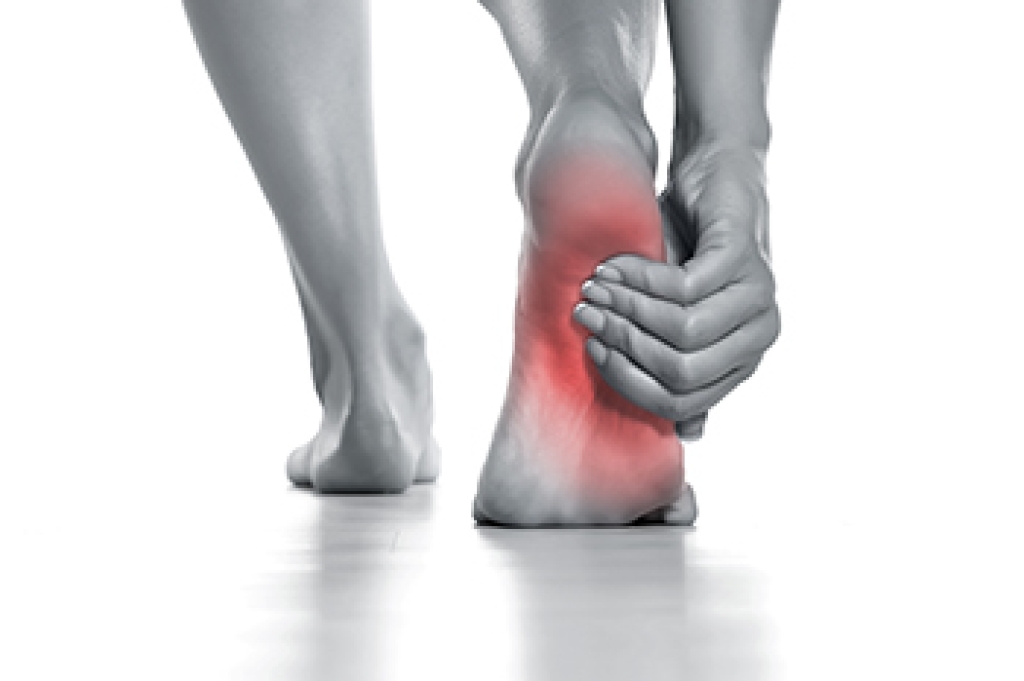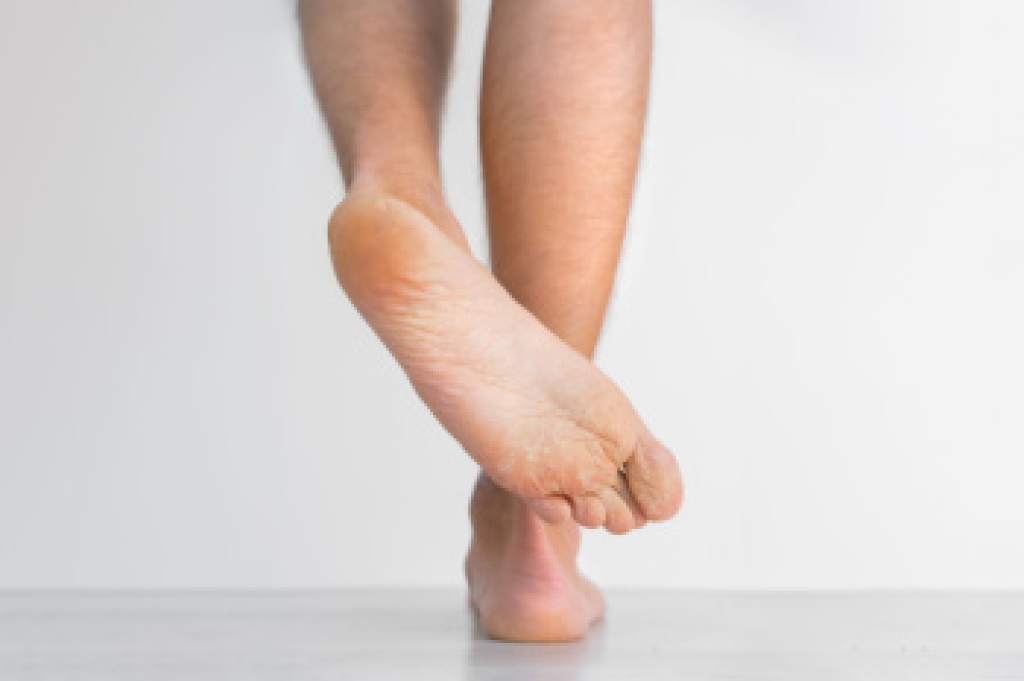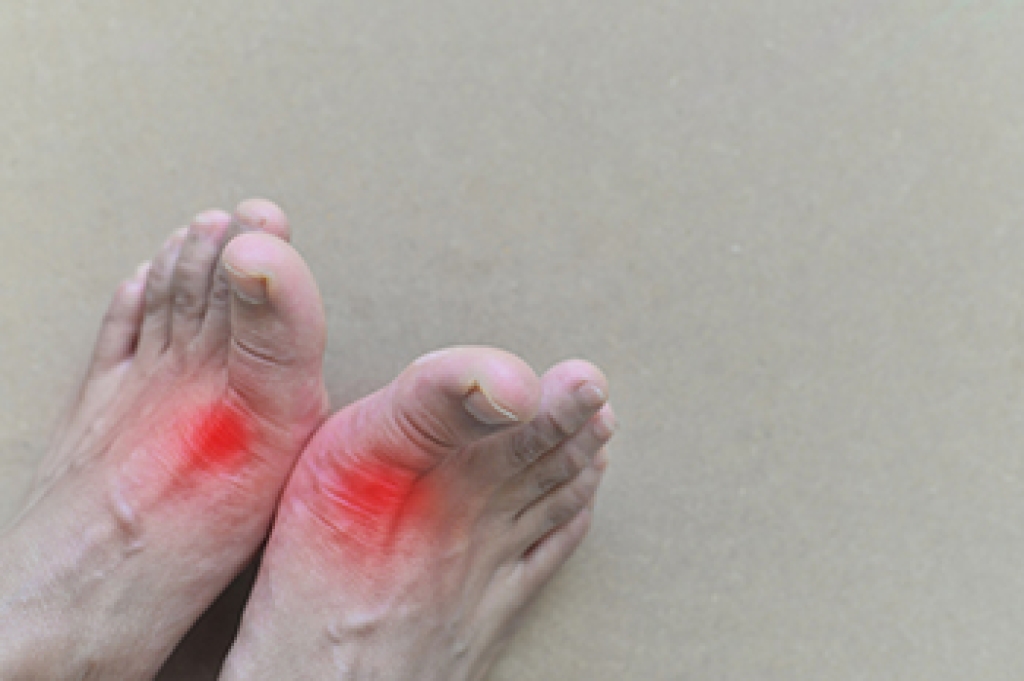
Arch pain can develop for different reasons because this part of the foot works hard with every step. One common source is strain of the plantar fascia, the thick band of tissue supporting the arch, which can become irritated from long periods of standing, high impact activity, or wearing improper footwear. Flat feet or very high arches can place extra stress on the mid-foot and lead to aching or fatigue. Tight calf muscles may pull on the arch and change how the foot absorbs pressure, while overuse injuries such as small stress reactions in the bones can create deeper discomfort. Some people experience arch pain from tendon issues, nerve irritation, or changes linked to aging or arthritis. A podiatrist can identify the exact cause, recommend supportive shoes or inserts, and provide treatment that eases strain. If arch pain is limiting your daily activity, it is suggested that you see a podiatrist for an accurate diagnosis and effective treatment solutions.
Foot Pain
Foot pain can be extremely painful and debilitating. If you have a foot pain, consult with the foot specialists from Affiliates in Foot Care, P.C.. Our doctors will assess your condition and provide you with quality foot and ankle treatment.
Causes
Foot pain is a very broad condition that could be caused by one or more ailments. The most common include:
- Bunions
- Hammertoes
- Plantar Fasciitis
- Bone Spurs
- Corns
- Tarsal Tunnel Syndrome
- Ingrown Toenails
- Arthritis (such as Gout, Rheumatoid, and Osteoarthritis)
- Flat Feet
- Injury (from stress fractures, broken toe, foot, ankle, Achilles tendon ruptures, and sprains)
- And more
Diagnosis
To figure out the cause of foot pain, podiatrists utilize several different methods. This can range from simple visual inspections and sensation tests to X-rays and MRI scans. Prior medical history, family medical history, and any recent physical traumatic events will all be taken into consideration for a proper diagnosis.
Treatment
Treatment depends upon the cause of the foot pain. Whether it is resting, staying off the foot, or having surgery; podiatrists have a number of treatment options available for foot pain.
If you have any questions, please feel free to contact our office located in Woburn, MA . We offer the newest diagnostic and treatment technologies for all your foot care needs.




